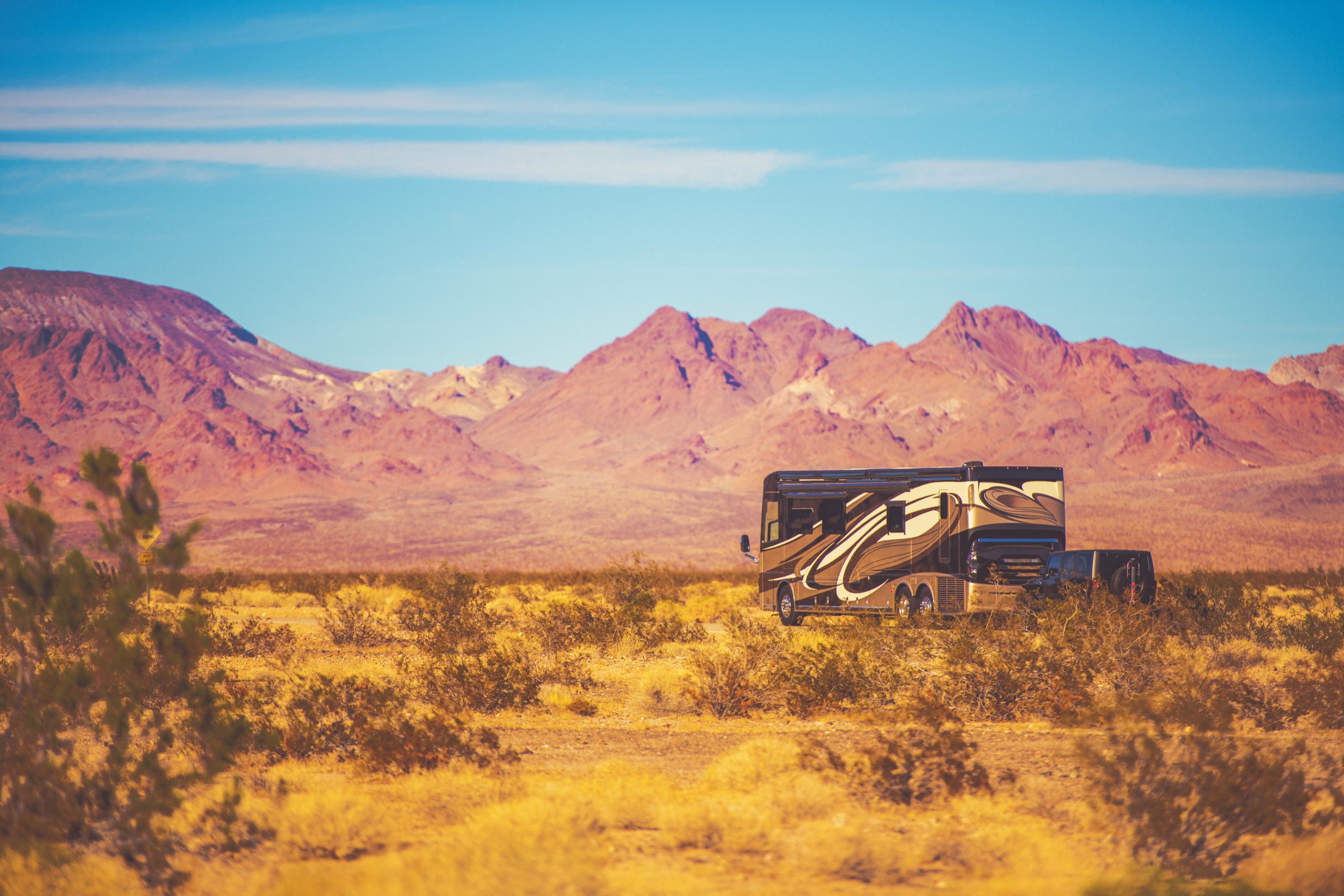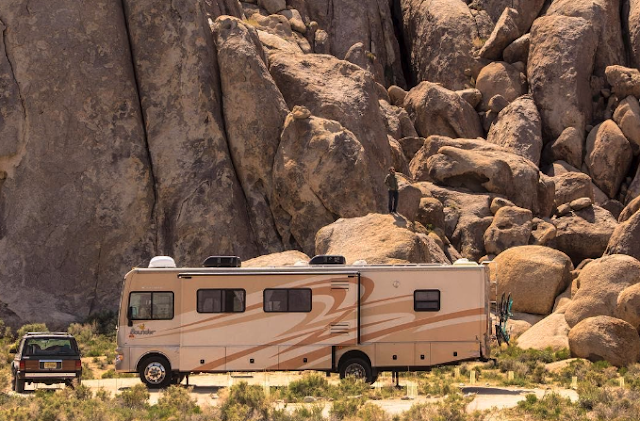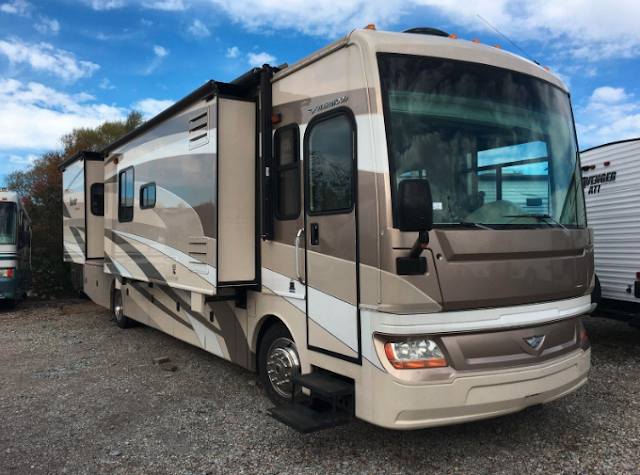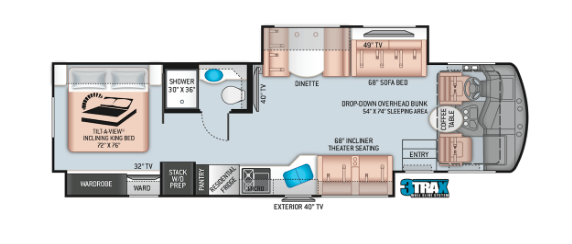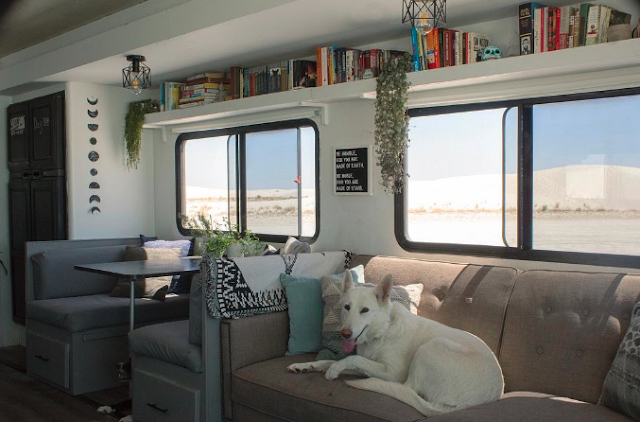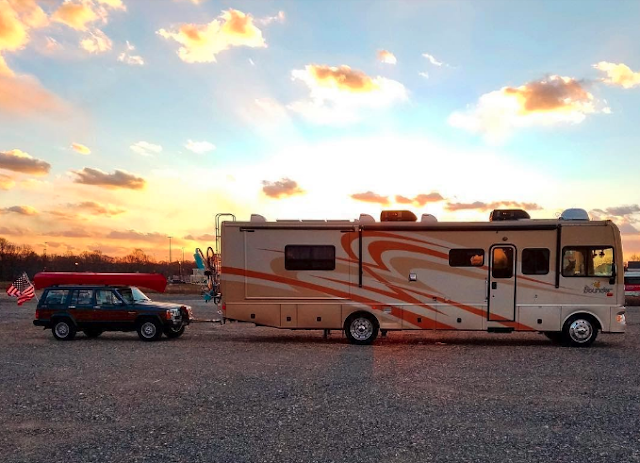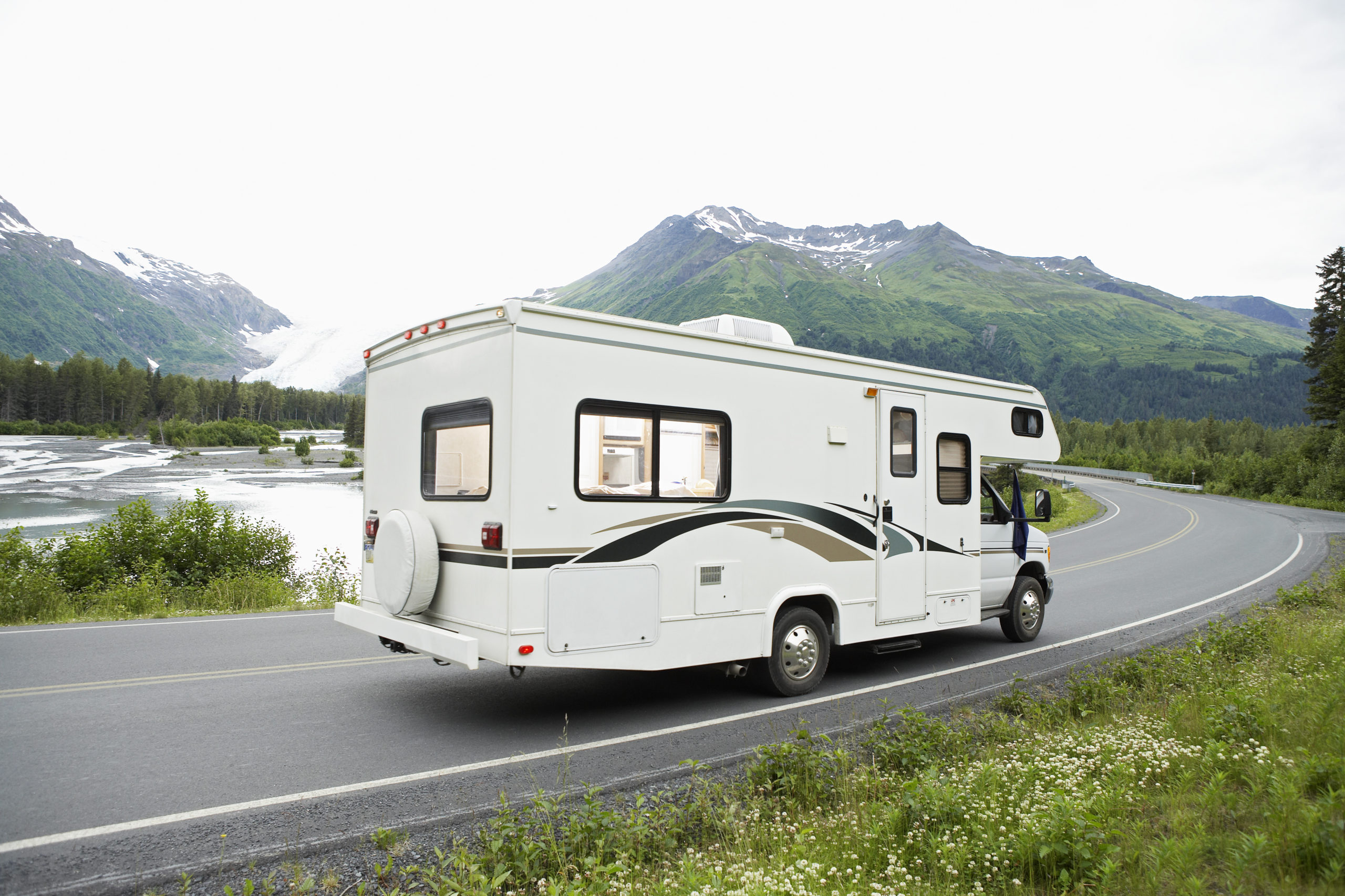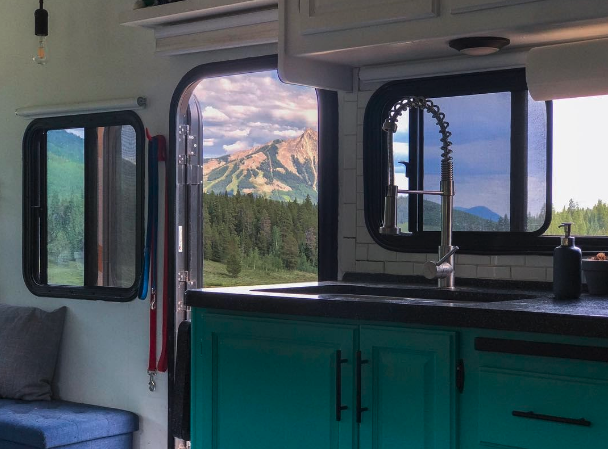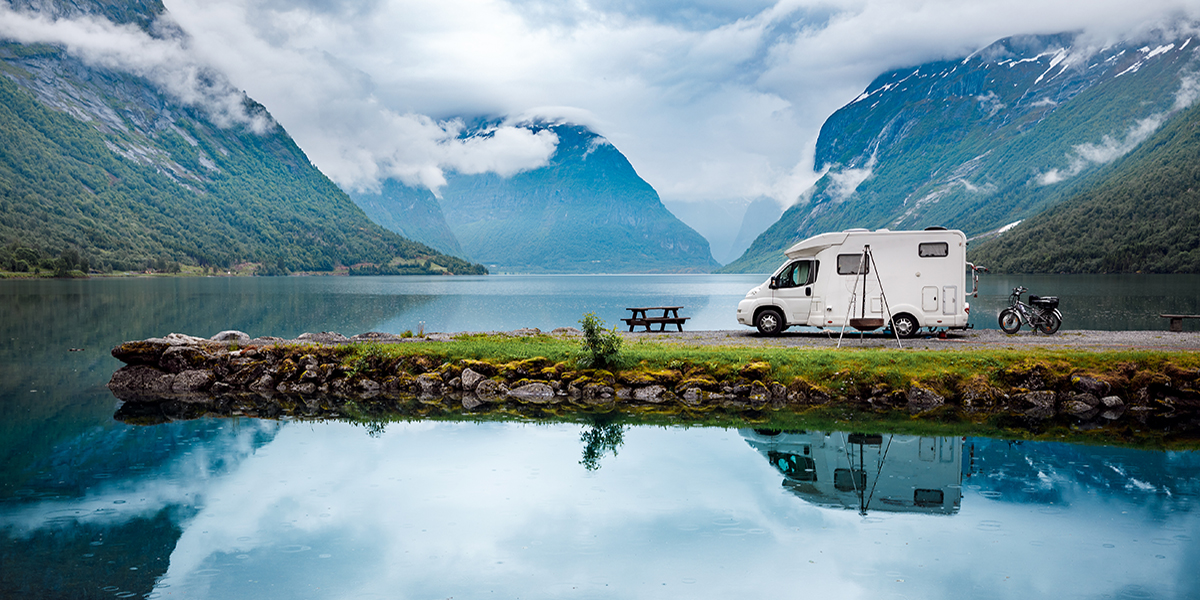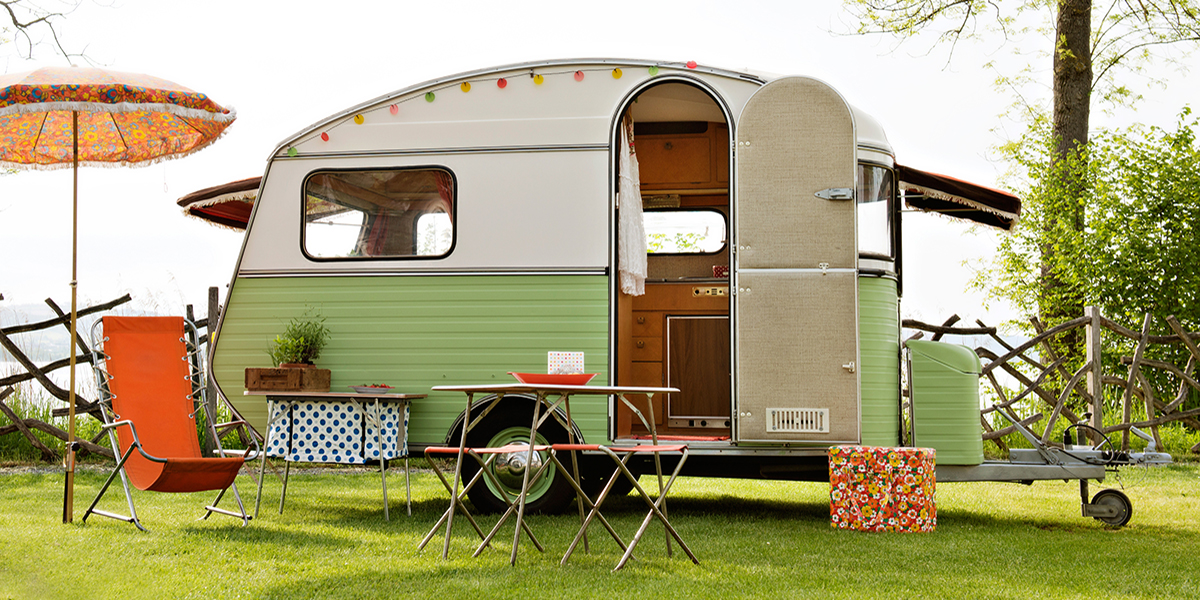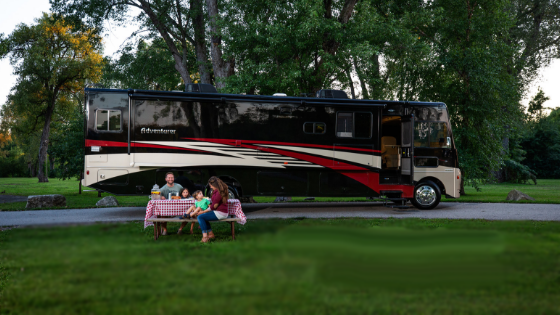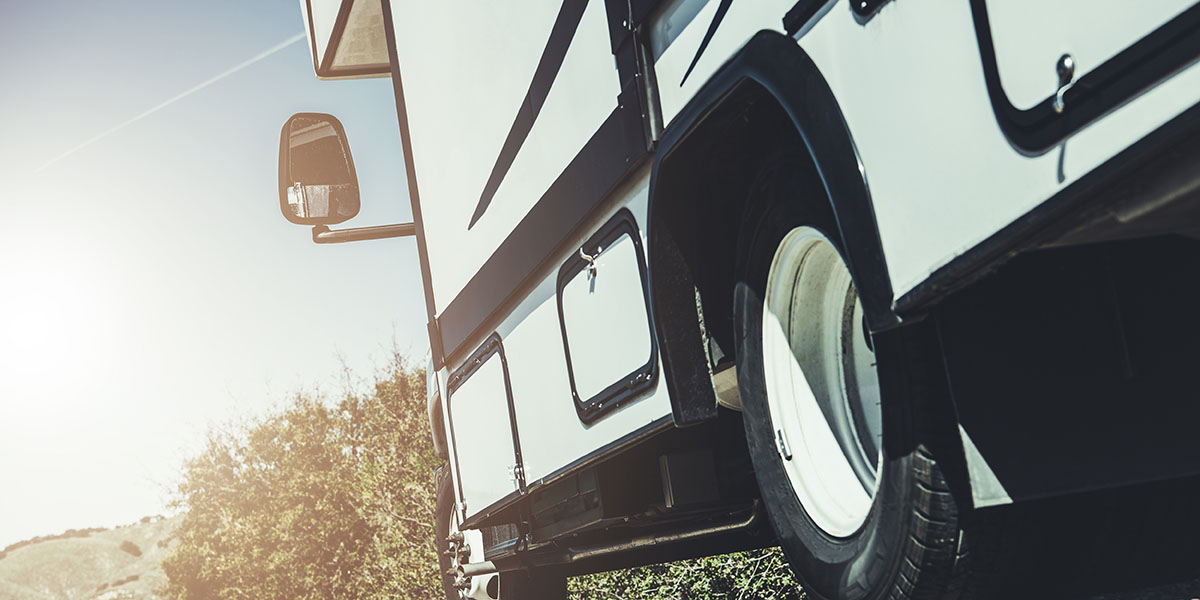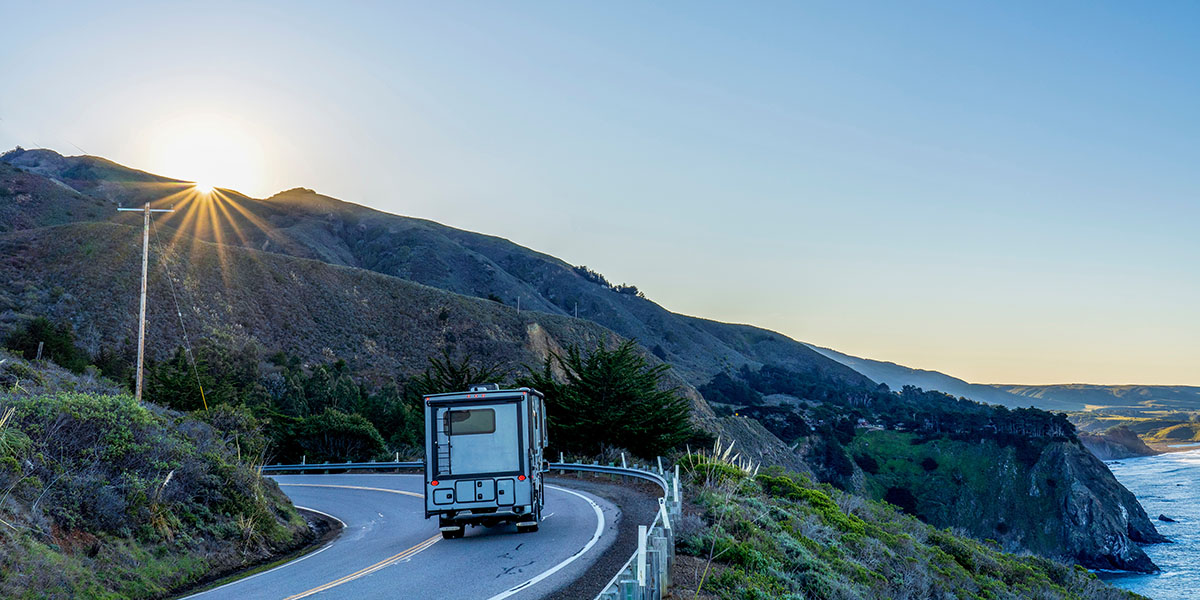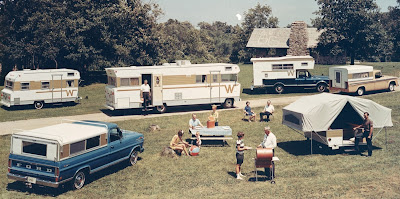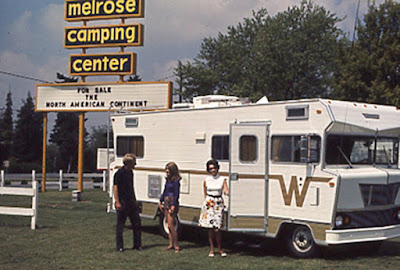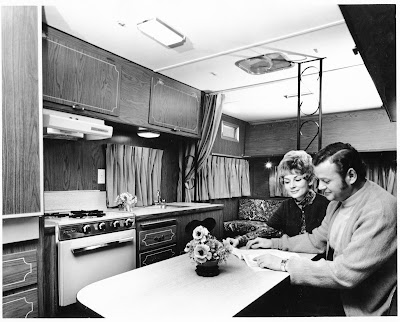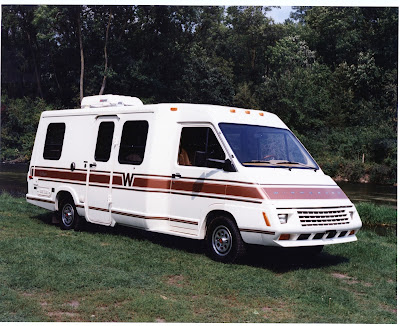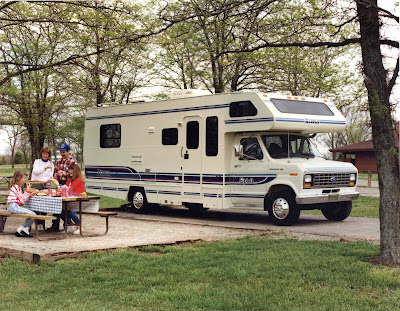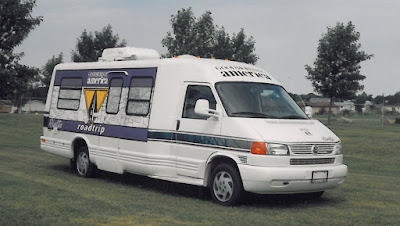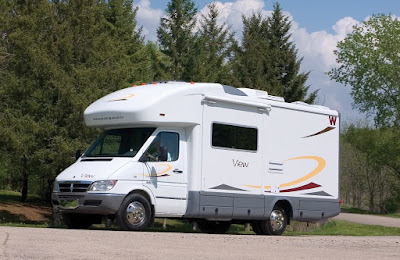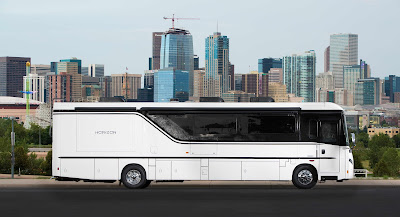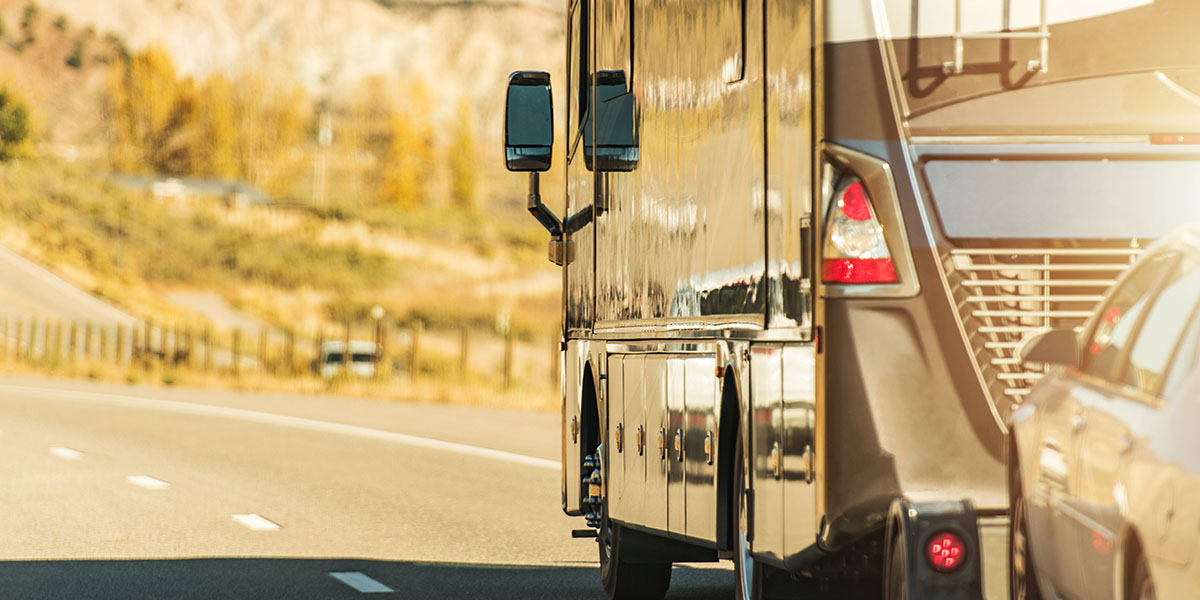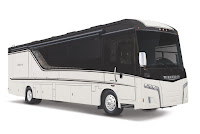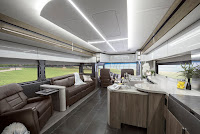Travel is usually at the top of almost anyone’s bucket list, but the cost alone often holds people back. This is where buying an RV can come into the picture. RVs allow travelers to reduce the cost of travel by eliminating the price of a plane ticket, hotel, and the frequency of eating meals out. Because of this, and other reasons, the RV lifestyle has become more and more popular for both travel solutions and for full time living.
If you’re considering buying an RV for full time or part time use, or if you already own one and are considering switching to a different type, then follow along with this multi-part series to become an expert on all the different types of RVs. Let’s start with Class As.
What is a Class A?
One of the most common RVs seen on the road is called a Class A Motorhome. These are the large, self-contained rigs that are similar in size and shape to buses. The idea of operating such a large and heavy vessel can be intimidating, but like with driving any new vehicle, there are several designs to increase visibility for the driver. Class A rigs also tend to have onboard generators, which is a huge advantage.
It’s important to note that Class As come in both gas or diesel varieties. Diesel engines are typically more powerful and tend to last longer and are a common choice for many RVers. Another benefit of diesel-powered Class A RVs is that the placement of the engine is in the back of the rig, making for a quieter ride. But with convenience, power, and longevity comes a higher price tag, not to mention that diesel fuel is more expensive than gasoline. Gas-powered motorhomes use regular fuel and the engine is situated up front, which can make for a noisier ride.
Features
Traveling and Set-Up
One of the many perks of traveling in a Class A is having full access to both the kitchen and bathroom. Instead of finding an exit with restrooms and food options, you simply pull off at an exit of your choice and can conveniently access your entire home on wheels. It’s also much more comfortable to travel with pets in a Class A, versus a truck towing a trailer.
For many reasons, Class A motorhomes are a popular choice for full-timers or anyone using their RV for long stints. One favorite feature is the ease of set-up. Once you find your campsite, you can simply park, level the RV, open the slide outs, and connect your utilities.
Long Term
If you plan to use your Class A long term or to visit places other than campgrounds, then you will most likely need to tow a personal vehicle. There are many factors to take into account when towing and some of these factors can be quite costly.
Because Class A motorhomes are self-contained units, they require more maintenance and upkeep. The maintenance and any work that needs to be done is much pricier than that of an automobile and requires specialty RV repair shops. Not to mention, if the rig breaks down for any reason, towing can be expensive – but if you’re looking for a true home on wheels – then a Class A might still be a great fit for your lifestyle.
Other Considerations
Another consideration is the amount of space the RV takes up. Parking can be a challenge, as not all areas can accommodate such a large vehicle. Campgrounds also only have limited sites that can accommodate big rigs. If you ever choose to forego campgrounds, then boondocking can also be a challenge because of the size, and also the lack of off-roading capabilities. These are all important factors to consider when considering a class A motorhome for your next rig.
When choosing an RV, it’s crucial to decide what works best for your intended use and comfort. Bigger rigs mean more amenities, space, storage, and comfort, but that’s met with spacial challenges and cost. Class A motorhomes are the all-in-one rig that can give you, your family, and your pets the right amount of space for your next dream vacation. If you have decided that a Class A motorhome is the RV for you, take a look at the selection of new and used Class A RVs available on RV Trader.
Pro Tip: When you shop for a Class A RV on RVTrader.com, you can find units that have received a complete inspection from RV Trader Assurance powered by Lemon Squad. Look for the RV Trader Inspection Badge on our online marketplace to view a full inspection report, which covers a computer diagnosis of the engine, along with a comprehensive examination of the vehicle condition, mechanical, underbody, tires, wheels, structural integrity, and more.
Do you have a Class A motorhome? What other factors did you take into consideration before purchasing? Feel free to share in the comments below!
